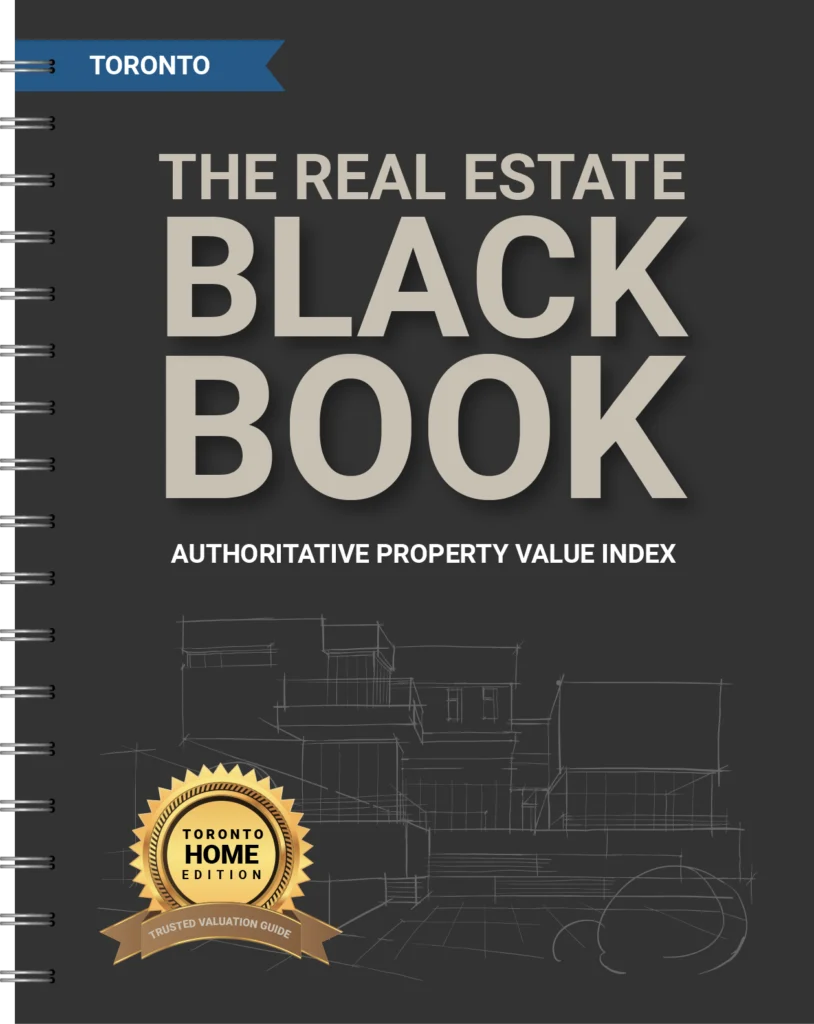A Canadian home equity line of credit (HELOC) is a type of loan that allows homeowners to borrow money against the equity in their home. Equity is the difference between the value of a home and the amount that is owed on it.
For example, if a home is worth $500,000 and the owner has a mortgage balance of $300,000, the equity in the home would be $200,000. A HELOC allows the homeowner to borrow against this equity by taking out a line of credit that can be used for any purpose, such as home renovations, debt consolidation, or other expenses.
Advantages of a HELOC
One of the main advantages of a HELOC is that it offers a flexible way to borrow money. Unlike a traditional mortgage or personal loan, a HELOC allows the borrower to borrow only the amount of money that they need, when they need it.
The borrower can also make payments on the loan at their own pace, as long as they meet the minimum monthly payment requirements. This can be particularly useful for homeowners who have irregular income or who are planning to make a large purchase over time.
Another advantage of a HELOC is that it typically offers a lower interest rate than a personal loan or credit card. This is because the loan is secured by the equity in the borrower’s home, which means that the lender has less risk of not being repaid.
This can make a HELOC a more affordable option for borrowing money, especially for larger purchases or long-term projects.
Disadvantages of a HELOC
However, there are also some potential drawbacks to a HELOC. One of the main risks is that the borrower could end up owing more on their line of credit than the value of their home.
If the value of the home decreases, the equity in the home will also decrease, which means that the borrower could potentially owe more on the line of credit than the home is worth. This is known as being “underwater” on a mortgage, and it can make it difficult or impossible to sell the home or refinance the loan.
Another potential risk with a HELOC is that the interest rate on the loan can fluctuate. Most HELOCs have a variable interest rate, which means that the rate can go up or down over time based on market conditions. If interest rates rise, the borrower’s monthly payments on their line of credit could also increase, which could make the loan more expensive to pay off.
It’s important for borrowers to carefully consider their budget and financial situation before taking out a HELOC, and to be prepared for the possibility of rising interest rates.
In conclusion, a Canadian home equity line of credit can be a useful tool for homeowners who need flexible and affordable access to borrowing. However, it’s important to carefully consider the risks and potential drawbacks of a HELOC, including the possibility of owing more on the loan than the home is worth and the risk of rising interest rates.
By understanding these risks and planning carefully, homeowners can make informed decisions about whether a HELOC is the right financial tool for their needs.



